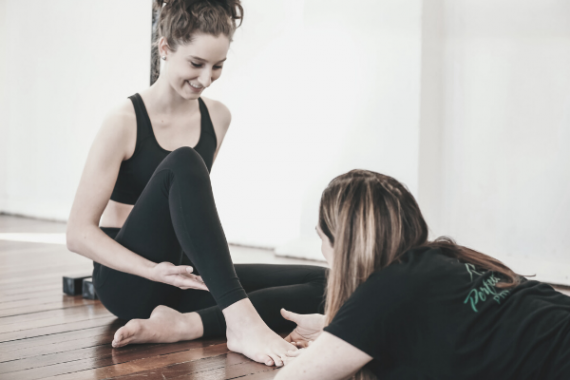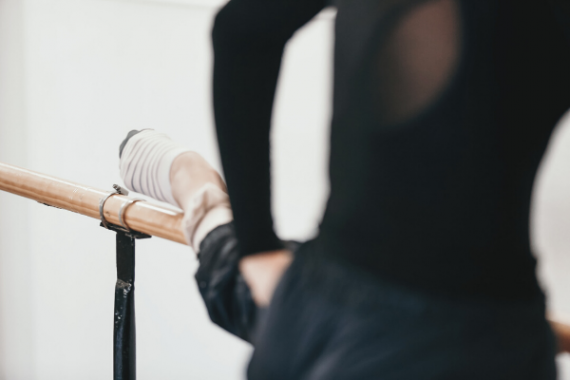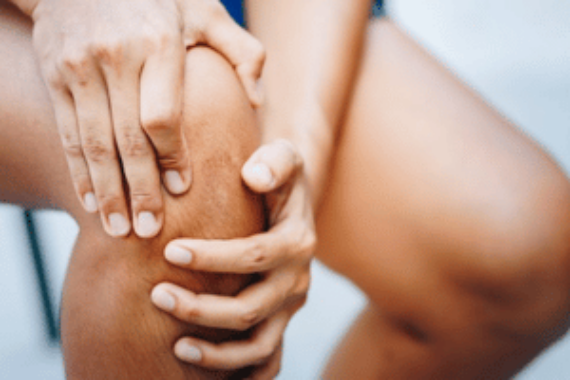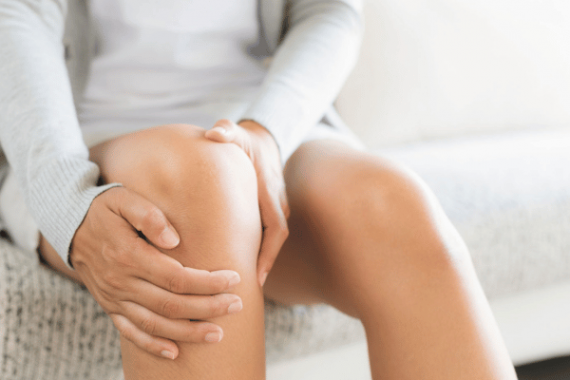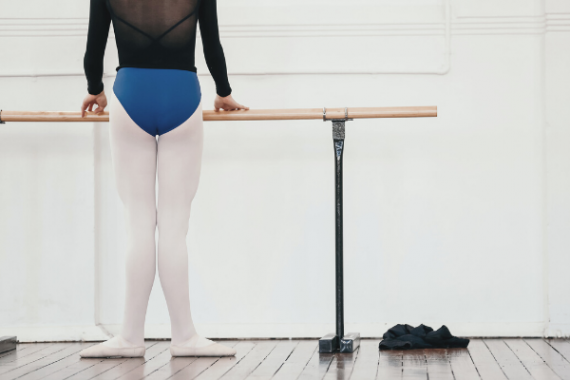The Best Treatment for Patellofemoral Pain
‘Patellofemoral Pain Syndrome‘ (PFPS) is a general term for pain around or behind the knee cap. It is very common in dancers of all ages, from pre-pubescent students through to professional dancers and retired teachers. It often creeps up on a dancer as a result of poor alignment and dynamic control of the lower limb, but may also occur as a secondary result of direct trauma or pain in the hip, knee or foot. It can become very persistent (chronic) and quite debilitating in some dancers.
Many Dancers experience pain in their knees, but the problem is often actually in their hips or feet. The knees are unfortunately just the weakest link in your lower leg and take all the strain!
This video explains how it all works, and some great tips on how to make sure that you are getting the best treatment for Patellofemoral pain and what to ask your therapist if you are having treatment already.
Patellofemoral pain can be very annoying in that many dancers can decrease their symptoms when they take time off, but that the pain returns when they start dancing again. It is essential for your rehab program to be individually tailored to correct any muscle imbalances or technical faults that led to the injury developing in the first place.
Understanding what Patellofemoral pain really is and getting a good diagnosis are important first steps in learning how to recover from what can often be a recurrent injury. Knowledge is power, and taking some time to really understand the anatomy of the knee, how it is designed to work and what factors are contributing to the pain will give you a much greater chance of resolving the issue and stopping it from returning.
Our brand new injury report "No More Knee Pain - The Dancers Guide to Patellofemoral Pain" explains the true anatomy of Patellofemoral pain, its Symptoms, and Causes. It also outlines a comprehensive rehabilitation plan specific to dancers that you can work through with your therapist so that you can get back to dancing as quickly as possible, and be confident that the injury will not reoccur.
This new report is just $20 and is part of a new series of reports to help dancers get back to doing what they love as quickly and completely as possible.
Injury Resources
If you are looking to delve deeper into this topic, check out the following programs:
- Will I Ever Dance Again: The “Will I Ever Dance Again?” program is perfect if you are unable to train at full capacity, whether this is due to a foot injury, surgery, an accident or illness outside of the studio. It helps you build back to full capacity gradually while maintaining strength, flexibility and control in the rest of the body.
- Level One Dance Teacher and Therapist Training: This unique course covers a multitude of assessment and treatment techniques to individualise a dancer's training. With special focuses on Postural Control, Core Stability, Flexibility, Basic Classical Technique, The Dancers Hip, Allegro, Spinal Mobility and Arabesques, it is suitable for anyone working closely with dancers.
- 1
- 2



